Leather Storrs: Foraging for Food
Tuesday, March 10, 2015
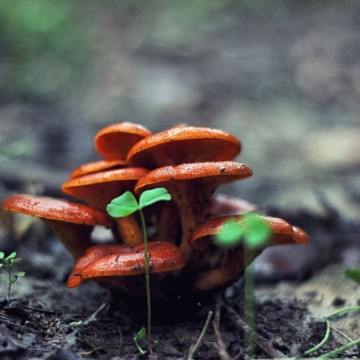
Thanks to Rene Redzepi of NOMA in Copenhagen, Denmark, the next level of sophistication in dining is not sophisticated. It’s wild food, foraged from woods and streams within a drive of the restaurant. And thanks to an unusually warm winter in Oregon, foraging season is upon us. I might have been late to the party had my wife not run into our friend Henry who asked her “What are you guys doing with nettles?” Her blank stare elicited surprise and a good natured jab: “C’mon Leath! They’ve been up for two weeks.”
So I type these words with tingling fingers, having ridden my bike yesterday to a nearby trail where I picked stinging nettles with inappropriate gloves. I’ll be damned if I’m going to be out foraged. Did I mention I rode my bike, Henry?
Many of us get into foraging via mushrooms- a grown up Easter egg hunt with real consequences. I am CRAZY for mushrooming. One time, foraging with another chef, his kids and mine, we came upon a huge patch of chanterelles and a beehive. The bees stung my son, but I couldn’t be bothered, so I handed him to the Chef/Dad and frantically continued to pick mushrooms. I don’t know what’s worse- the fact that I didn’t look after my boy, or the fact that my friend expected my behavior. Apparently psilocybin is not the only compound in mushrooms that messes with your brain.
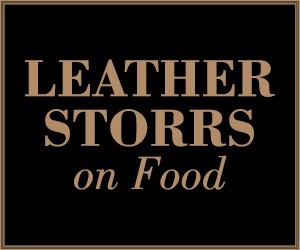
The French refer to this unique sense of place as “terroir”: climate, geography and geology have an impact on what grows where and how that food tastes. Cuisine is distinguished by a shared vocabulary, but serving food that grows near your restaurant is like speaking in a local dialect.
The seasonal vocabulary of the Northwest is moving towards shoots, greens and spores. Tender fiddleheads from native ferns, juicy hosta tips, tart sheep sorrel, vegetal chickweed and earthy morels are popping up in forests and on menus.
The East Coast is still grudgingly resigned to snow cones, but soon enough wild garlic, ostrich fern, winter cress, dandelion, Jerusalem artichokes, nettles and ramps will peek out from under their chilly blanket.
Participating in the finding and consumption of wild foods from your region connects you to the land. Eating wild foods on your travels gives you an additional tool for understanding the differences and similarities between where you are and where you live. As always, consume wild foods with great caution. There are old foragers and bold foragers, but there are no old, bold foragers!

Related Slideshow: 10 Things You May Not Know About Truffles
The annual Oregon Truffle Festival is set to kick off in January in Portland and Eugene. But before attending the festival, here are 10 things you may not know about truffles. (All photos were provided by the Oregon Truffle Festival).
Related Articles
- Leather Storrs: 2015’s Biggest Restaurant Openings
- Leather Storrs: Confessions of a Reality TV Chef
- Leather Storrs: Hijacking Recipes in the Food Community
- Leather Storrs: How Russia Can Teach Us to Enjoy a Meal
- Leather Storrs: How To Play With Your Food (And Not Get Burned)
- Leather Storrs: How TV Influences our Changing Food Culture
- Leather Storrs: Organic Gardening and The Power of Poop
- Leather Storrs: So You Want to be a Chef . . .
- Leather Storrs: The Church of Inner Toast
- Leather Storrs: The Wrong Way to Write a Menu
- Leather Storrs: What’s in a Name?
- Leather Storrs: Why Guinea Pigs Are A Perfect Protein
- Leather Storrs: Why Italy is the ‘Bull’ of Food
- Leather Storrs: Why Portlanders Need to Pay Up at Restaurants
- Leather Storrs: Why Restaurants Should Get Rid of Tipping

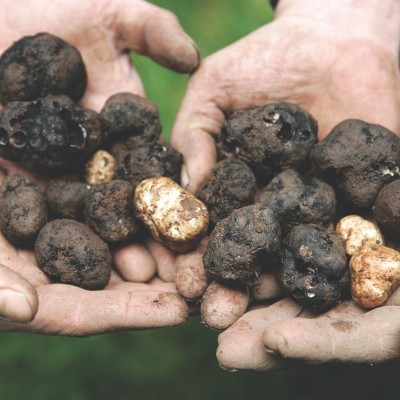
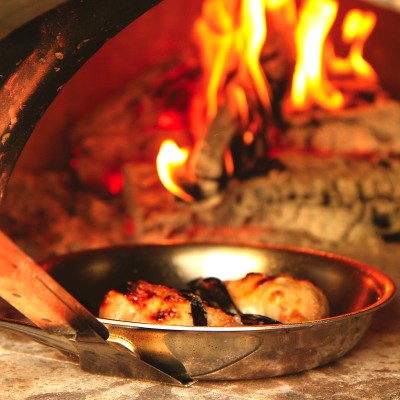
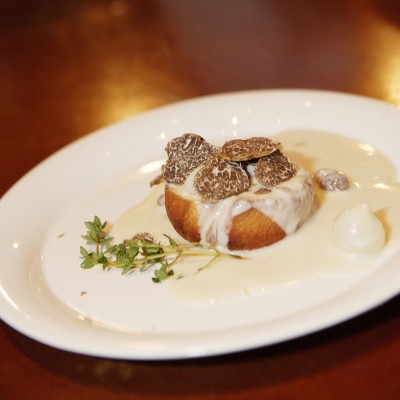
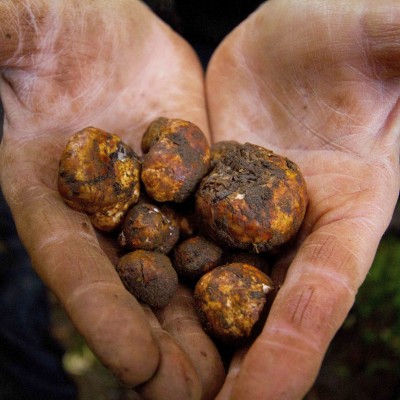
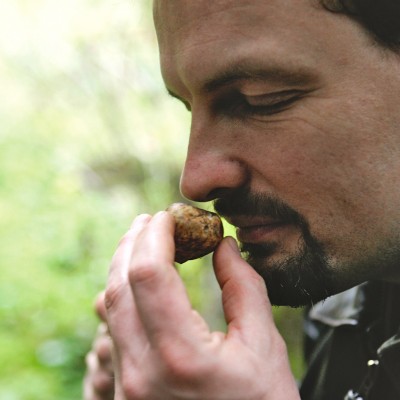
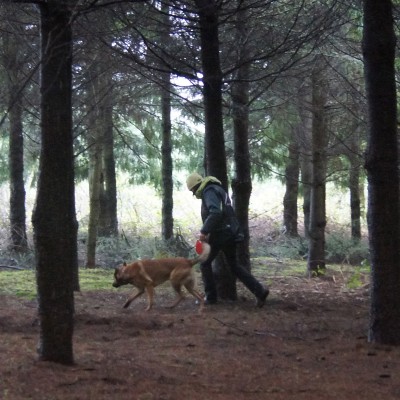
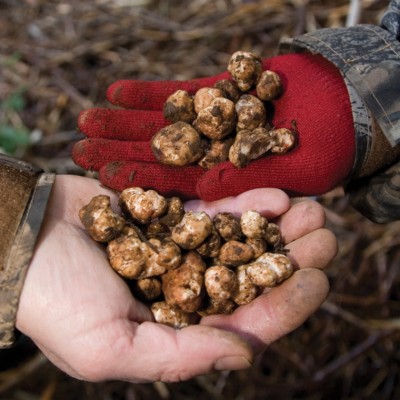
















 Delivered Free Every
Delivered Free Every
Follow us on Pinterest Google + Facebook Twitter See It Read It